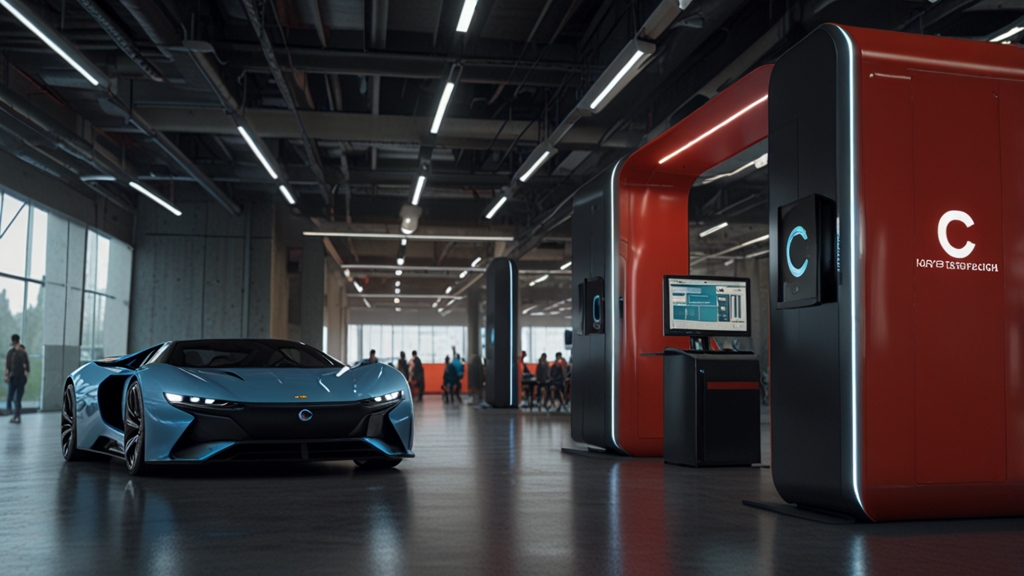How C is Powering the Technology of Tomorrow
In the ever-evolving landscape of technology, a few constants remain resilient, standing the test of time. One such constant is the C programming language. Originating in the early 1970s, C has profoundly influenced the development of modern software and hardware systems. Today, despite the rise of high-level languages like Python and JavaScript, C continues to play a pivotal role in powering the technology of tomorrow.
The Bedrock of Systems Programming
Many operating systems, including the highly influential Unix and its derivatives like Linux, are written in C. The language allows for low-level manipulation of hardware resources, offering unmatched performance and control. This makes it indispensable for writing operating systems, embedded systems, and real-time computing applications that require deterministic behavior.
The kernels of major operating systems like Windows, macOS, and Linux are predominantly written in C. By working close to the hardware, C enables developers to create efficient and powerful operating system components that are core to modern computing.
The Backbone of Modern High-Performance Computing
High-performance computing (HPC) is another domain where C shines. Supercomputers that perform tasks such as climate modeling, molecular simulations, or financial forecasting rely heavily on the speed and computational efficiency that C offers. Libraries such as MPI (Message Passing Interface) and OpenMP (Open Multi-Processing) are predominantly written in C, facilitating parallel computing and the distribution of tasks across multiple processors.
The simplicity and efficiency of C make it the language of choice for performance-critical applications. By allowing fine-tuned control over memory management and processor instruction execution, C ensures that applications run as swiftly and efficiently as possible.
Embedded Systems and the Internet of Things (IoT)
As the Internet of Things (IoT) grows, more devices become interconnected, performing complex tasks with minimal power consumption. Embedded systems, which form the heart of IoT devices, often run on resource-constrained hardware. The efficiency and control provided by C are crucial in such environments.
Microcontrollers, sensors, and other embedded devices frequently use C or its derivatives for firmware development. This ensures responsive, energy-efficient, and robust operation in products ranging from smart home devices to medical implants.
Legacy System Interoperability
The longevity and ubiquity of C mean that a vast amount of legacy code exists that continues to run critical systems across various industries. From aerospace to banking, legacy systems often require updates and maintenance. C’s syntax and semantic stability make it easier to maintain and extend these systems, ensuring they continue to operate reliably.
Many modern systems still rely on foundational code written in C decades ago. The language’s enduring compatibility ensures that businesses can innovate without discarding their existing technology investments.
Educational Value and Community Support
Another driving force behind C’s continued relevance is its educational value. Learning C provides a strong foundation in understanding how computers actually work. Concepts such as memory management, pointer arithmetic, and low-level data manipulation, which are often abstracted away in high-level languages, are integral competencies in C.
Furthermore, C boasts a large and active community. Extensive documentation, an array of development tools, and a plethora of libraries mean that both new and seasoned programmers have ample support and resources when working with C.
The Future of C in a Rapidly Evolving World
While new programming languages and paradigms continue to emerge, the core strengths of C ensure it remains relevant. The language evolves, with new standards like C11 and C18 introducing features that enhance its functionality and safety without compromising performance.
C’s enduring adaptability proves its robustness. As technology races forward, C remains a foundational element, driving innovation while ensuring performance and control.
In conclusion, C’s unparalleled efficiency, control, and flexibility make it indispensable for the technology of tomorrow. Whether it's underpinning operating systems, powering high-performance computing, enabling IoT devices, or supporting legacy systems, the C programming language stands as a pillar of modern technology, ensuring robust and efficient solutions for future innovations.







